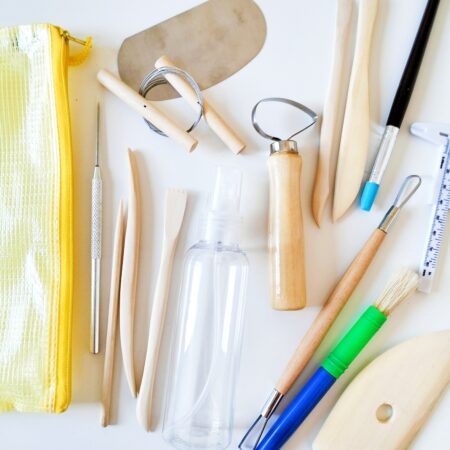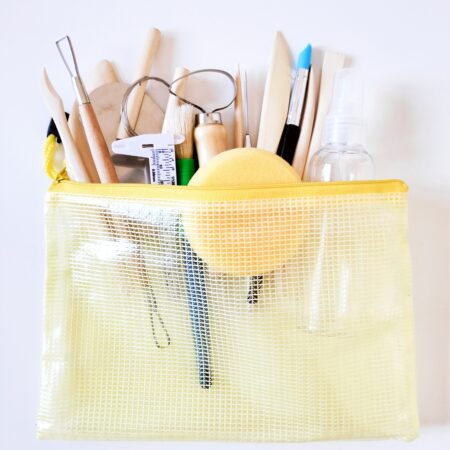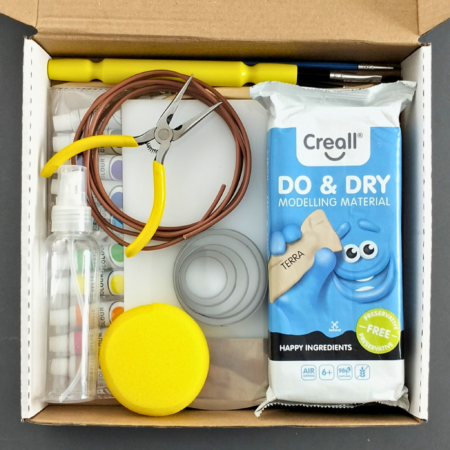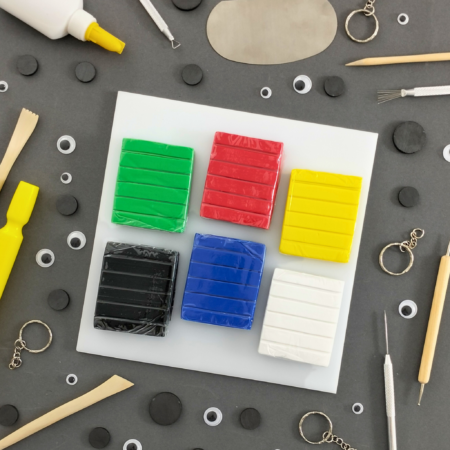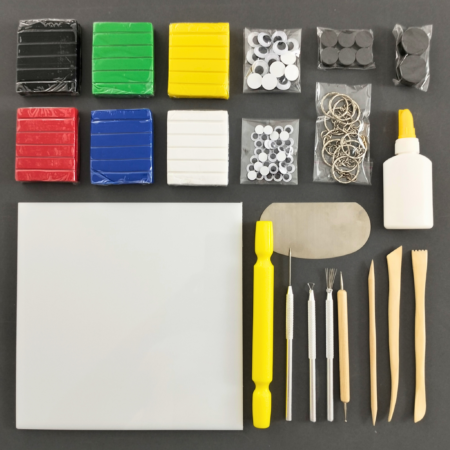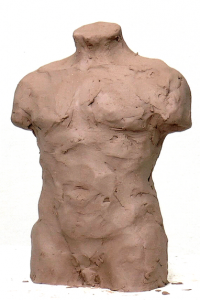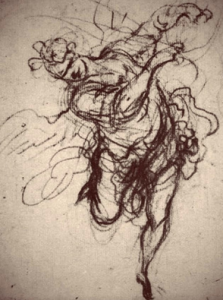Here is a natural ceramic clay head sculpting exercise according to an original method by the artist Alexander Cherkov. The head sculpting method is illustrated in videos of a man's head sculpting, a woman's head sculpting and a child's head sculpting using Ceramic clay. The videos can accompany you through the head sculpting process, in addition it is recommended to use a chart Human head proportions. Step-by-step instructions are written and based on the video of a man's head sculpture in front of you you will find in the book "The Head - Sculpting a Man's Head - Step by Step".
For a life-size head sculpt, prepare 20 kg Ceramic clay For sculpture, a board measuring 40 * 40 cm for the base andA metal rod 30-35 cm high that will provide support for the head, as well as sculpting tools. Follow the instructions in the instruction book or in the video in front of you.
Step-by-step head sculpting videos
Woman's head sculpture:
Child's head sculpture:
The resulting head structure is suitable as a basis for sculpting a portrait of any figure. For work on characterization of a head sculpture according to age and sex moved toHead sculpting characterization exercise (The exercise illustrates the work process in the second book "The head - transformations in head sculpture")
For more explanation on sculpting parts of the face - go toSculpture exercises that focus on one part of the face at a time: Eye sculpting exercise / Mouth sculpting exercise / Nose sculpting exercise / Ear sculpting exercise. Although the video and instruction manual include an explanation and demonstration of the sculpture of the various parts of the face - it is easier to understand the structure and anatomy of each part when working on it alone without the composition of the whole head. It is recommended to perform the exercises in preparation and before approaching head sculpting or as an aid during head sculpting and work on the details. Facial sculpting exercises also appear inThe book of introduction to the world of art Part 3.
Step-by-step head sculpture books
"I would like to take this opportunity to thank my students, whose impatient desire to get immediate results in the learning process, motivated me to look for methods to achieve a satisfactory and satisfactory level in head sculpture without necessarily entering into a detailed study of human anatomy. Another clear and detailed step. "
Alexander Cherkov
In 2003 Alexander Cherkov published the first version of a head sculpture book and in 2014 he published the second edition of a head sculpture instruction book, along with another section talking about differences in human head structure according to age and gender, as a sequel to the first part. The books Available for purchase In 3 languages (Hebrew, English and Russian) and delivery all over the country and the world.


